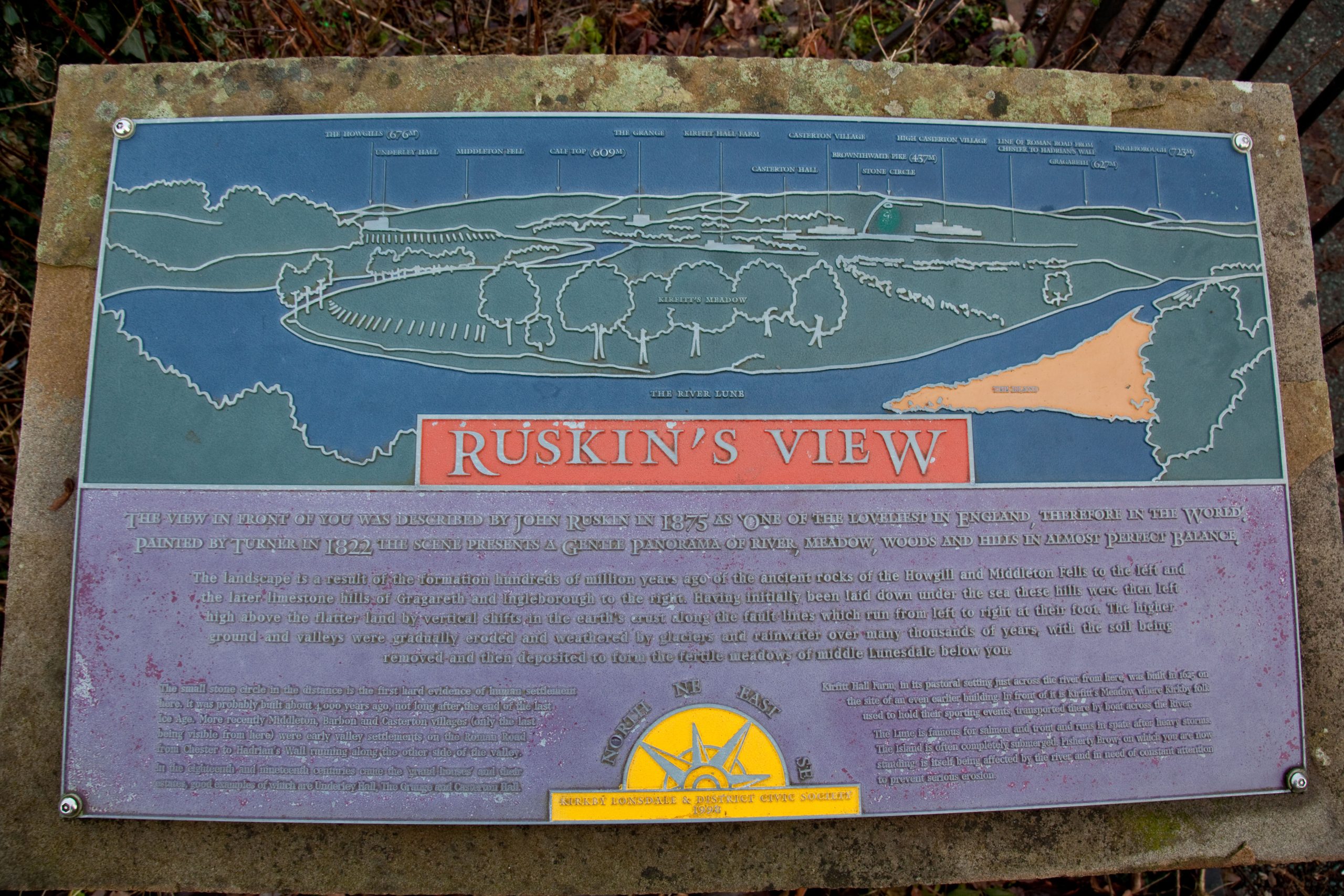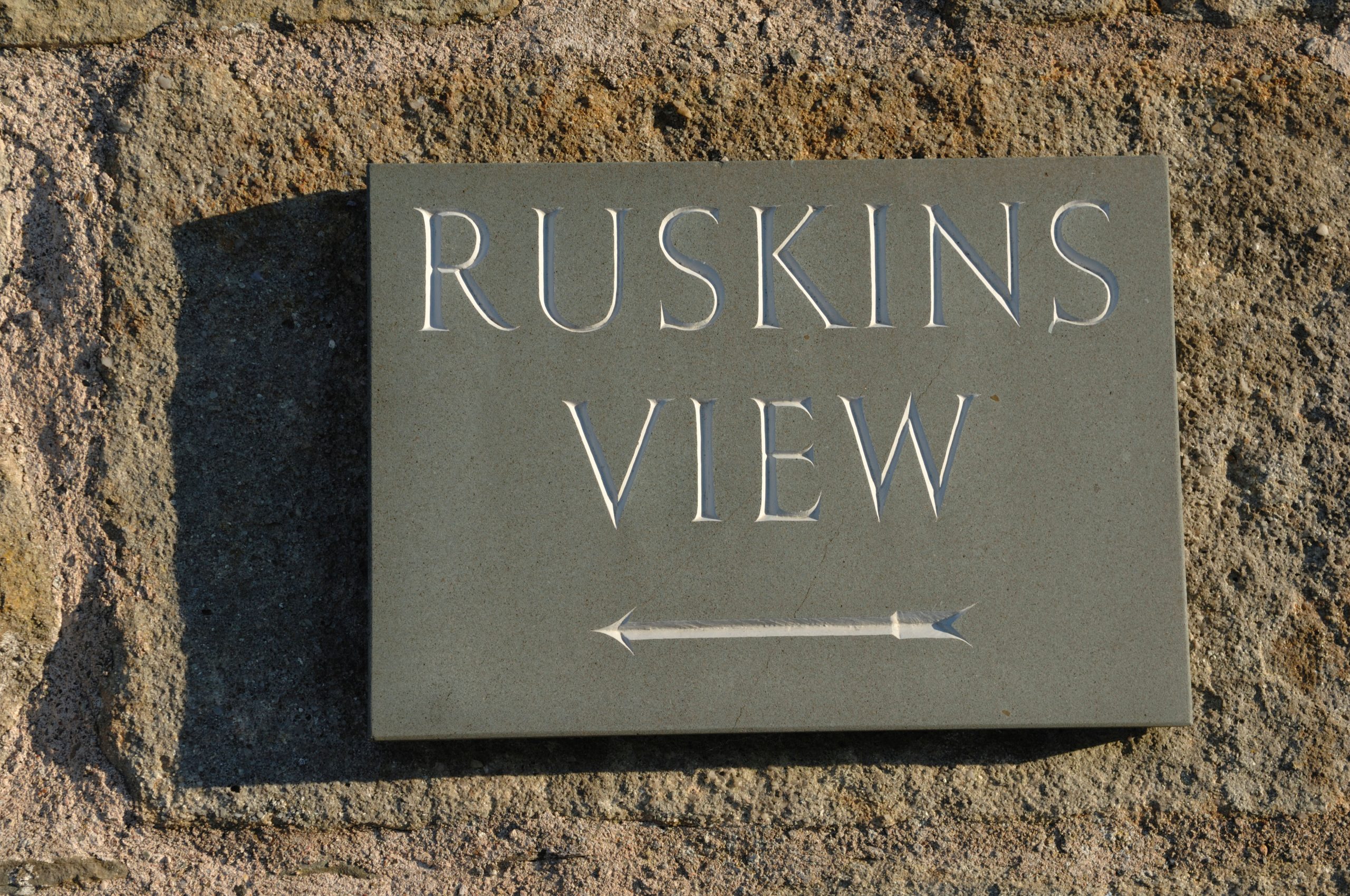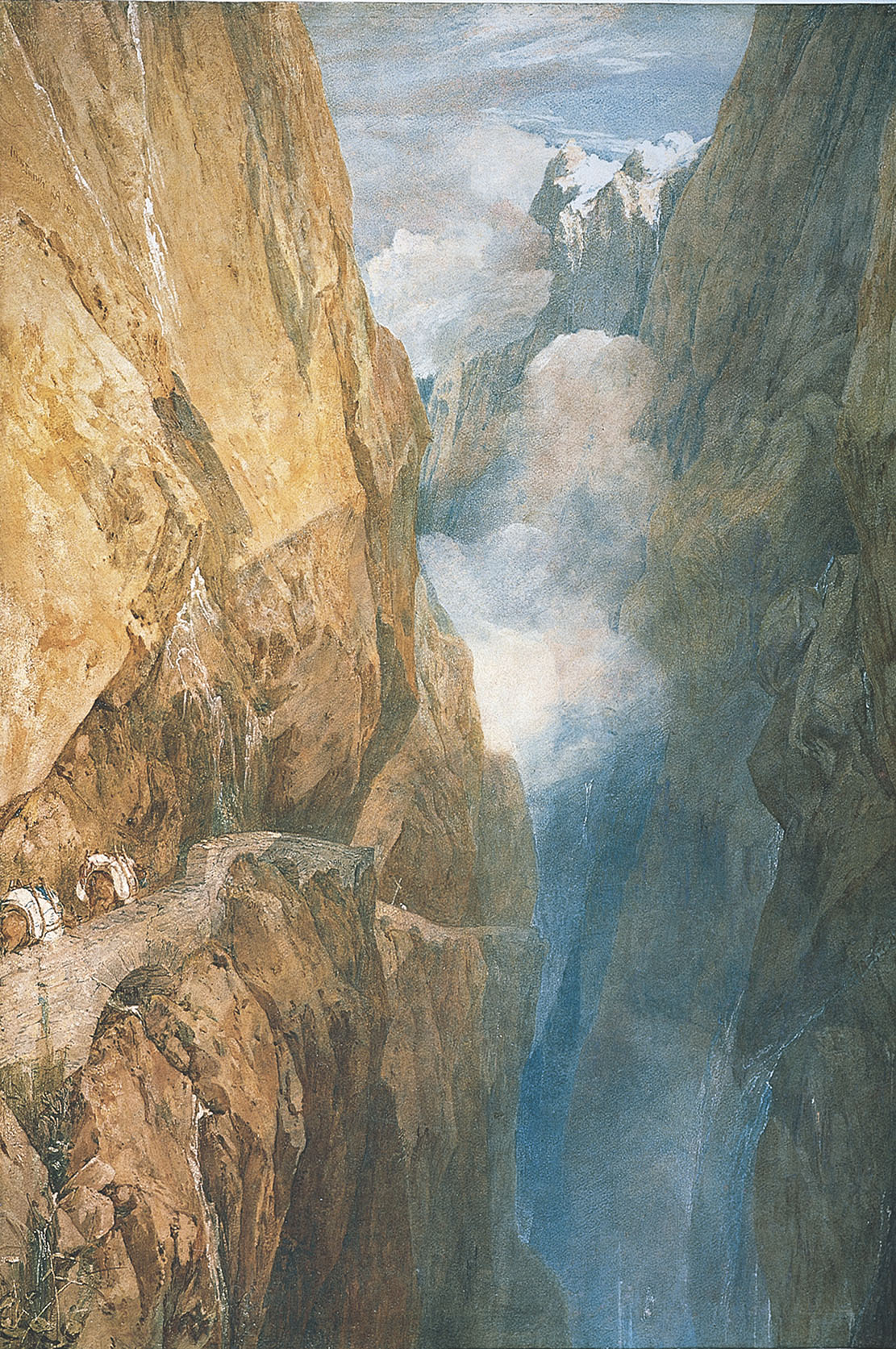One of Britain's most famous views — made famous by Ruskin and Wordsworth — closed off to visitors
Country Life's columnist Agromenes laments the closure of the path along to Ruskin's View in Kirkby Lonsdale.


Wordsworth wrote of its beauty, Turner gloriously painted it, Ruskin called it one of England’s loveliest views and now none of us is allowed to see it. The vista from Kirkby Lonsdale down across the River Lune in Cumbria has attracted visitors for centuries, but the town council has been forced to close off the viewing path because it is too dangerous to use.
The succession of severe storms has so eroded the river banks that £1 million worth of work is needed if we are to see what Ruskin saw when he wrote: ‘Whatever moorland hill, and sweet river, and English forest foliage can be seen at their best is gathered there. And chiefly seen from the steep bank which falls to the stream side from the upper part of the town itself… I do not know in all my own country, still less in France or Italy, a place more naturally divine, or a more priceless possession of true “Holy Land”.’
You’d have missed this if you’d relied on TripAdvisor, of course. It majors on the loos, the van selling food and the free parking — all down by the bridge. Ruskin’s view doesn’t appear in any photographs, nor is its importance explained. Yet this is the iconic vista of the English Romantic Movement, first identified by Wordsworth in his Guide to the Lakes in 1810 and painted by Turner in 1822.
It was much later, in 1875, that Ruskin stood in the churchyard of St Mary’s and looked down across the valley of the Lune. As Wordsworth had maintained that the mountains and lakes of Cumbria equalled those of Switzerland, so Ruskin insisted that this was ‘one of the loveliest views in England, and therefore of the world’.

The problem faced by Kirkby Lonsdale will be paralleled by hundreds of other communities all around the country as ever more frequent extreme weather strikes at loved places. Out of the 362 English Heritage (EH) sites, 61 are at risk of flooding. Beyond this list are archaeological sites that are ever more difficult to protect in situ as desiccation of soils and lowered ground-water levels increase the risk of decay to waterlogged remains.
Equally as concerning are the many historic sites near to coasts threatened by a rise in sea level. Nearly 20% of EH’s entire property portfolio is located in or near the coastal zones and the serious concerns of the heritage body are as real for individual property owners, local authorities and the National Trust.
Indeed, in the circumstances, Kirkby Lonsdale is fortunate in that the town council has been able to find £100,000 towards the restoration and the local community is rallying around, especially the town brewery, with its special beer, from which it will contribute 10p for every pint sold. No doubt, there will be charitable and lottery money for so iconic a purpose and the hard work will be rewarded.
Exquisite houses, the beauty of Nature, and how to get the most from your life, straight to your inbox.

However, what of all those other places now threatened? No point in looking to the DCMS, the Government department charged with cultural protection. Its latest plan for England doesn’t suggest it’s serious about climate change. Apart from a blog on the contribution libraries can make in informing the public, the website seems to think the only problems are abroad. It’s busy protecting ancient gods from rising water in Uganda and helping to safeguard heritage sites in India, but there’s no scheme for the UK.
The latest Secretary of State, Michelle Donelan, came as a huge relief after Nadine Dorries, but it will be a tough job for her to ensure that the DCMS is ready to play its essential part in the National Adaptation Programme that the Government is committed to producing early next year.

In Focus: Ruskin, Turner and the ‘prophetic warning of impending environmental catastrophe’
Simon Poë is blown away by ‘Ruskin, Turner & the Storm Cloud’ at the Abbott Hall Art Gallery in Kendal,

In Focus: The exquisite yet tiny botanical study by John Ruskin that took him four years to complete
Lilias Wigan looks at a key work by the trailblazing thinker, artist and philanthropist John Ruskin, whose focus on nature
Country Life is unlike any other magazine: the only glossy weekly on the newsstand and the only magazine that has been guest-edited by His Majesty The King not once, but twice. It is a celebration of modern rural life and all its diverse joys and pleasures — that was first published in Queen Victoria's Diamond Jubilee year. Our eclectic mixture of witty and informative content — from the most up-to-date property news and commentary and a coveted glimpse inside some of the UK's best houses and gardens, to gardening, the arts and interior design, written by experts in their field — still cannot be found in print or online, anywhere else.
